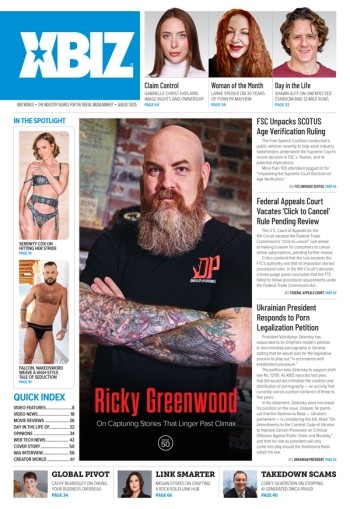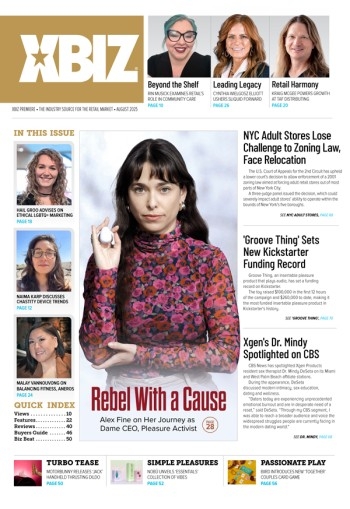For many B2B adult brands, marketing to consumers feels like a waste of time. I’ve heard it so many times: “We sell to retailers, not consumers. Why should we invest in B2C marketing?”
I get it. I’ve worked in adult marketing for years, and I know that B2B brands are constantly balancing limited budgets, compliance hurdles and the reality that their success depends on wholesale buyers — not individual shoppers. But here’s the hard truth: If consumers don’t know your brand, neither will retailers.
B2C marketing is about working with retailers and creating demand that makes selling your products easier.
Let’s look at some strategies for translating B2C marketing into B2B success.
It’s About Generating Demand
If you’re a B2B adult brand, your goal is to get retailers to carry your products. But have you ever thought about how those retailers decide what to stock? They’re looking at consumer demand. If customers walk into an adult store asking for your brand by name, that store is far more likely to carry your products. Retailers stock what consumers ask for.
Retailers and distributors also look at consumer engagement, by checking social media and online reviews when evaluating new brands. If a retailer sees your product trending on social media, in sex-positive communities or in influencer recommendations, they know it’s a smart bet. If they see that consumers are actively engaging with your brand — liking posts, sharing content, tagging their purchases — that’s a huge green flag. It tells them your products are marketable, desirable and worth stocking. If your brand has no presence? No buzz? That’s a red flag.
Ways to Make Your Brand Retail-Friendly
If customers recognize and trust you, retailers don’t have to work as hard to sell your products. Here are some strategies for generating consumer engagement and creating demand:
- Maintain a strong social media presence. Even without direct sales, engagement on Instagram, TikTok and Twitter fuels brand awareness. Encourage retailers to tag you in posts and amplify their content. Maintain an active LinkedIn for added credibility.
- Encourage consumers to ask for your brand. A “Where to Buy” page with retailer listings helps drive traffic.
- Partner with influencers. Sex educators and content creators build credibility and interest.
- Build an email list. Do this for both retailers and consumers — you want to build brand awareness in both camps.
- Educate consumers before they shop. Blogs, FAQs and video tutorials help customers feel confident in purchasing.
- Showcase reviews and testimonials. Social proof makes retailers more likely to stock your products.
Brands that invest in B2C win more retail space. If two brands offer similar products, but one has strong consumer recognition while the other is unknown, which one do you think retailers will choose? When you’ve built a devoted following, retailers seek you out rather than vice versa.
B2C Marketing Isn’t an Expense — It’s a B2B Investment
B2C marketing can and should be an important element of your overall marketing strategy. It’s about working with retailers and creating demand that makes selling your products easier. Here are some key steps to take that can help you secure more retail partnerships:
- Support retailers with marketing assets aimed at shoppers. Branded content, in-store displays and co-branded promos make selling easier.
- Conduct PR campaigns and seek out media placements. Coverage in sex-positive publications builds credibility.
- Hold retailer-driven giveaways: “Pick up our product at [Retailer Name] and enter to win” drives store traffic.
- Sponsor industry events and workshops: Align your brand with sex-positive education and community engagement.
This isn’t about shifting to DTC or competing with your retailers. It’s about supporting them.
Retailers don’t just want products — they want brands that sell themselves. In a crowded market, with new adult brands launching every month, the ones that invest in consumer recognition are the ones that get shelf space, prime website placement and repeat orders.
Brands that understand this are the ones dominating the adult retail space. Brands that don’t are left wondering why their competitors keep winning shelf space.
It’s time for B2B adult brands to stop ignoring B2C marketing. Because in 2025, brand awareness isn’t optional — it’s the key to survival.
Hail Groo is the director of PR and marketing for Forward Approach Marketing, where they combine their background as a public historian with over a decade of expertise in diverse marketing fields. Beyond their work in PR and marketing, Hail is a published travel writer, magazine contributor, podcast guest, award-winning photographer and Colorado-based journalist.








